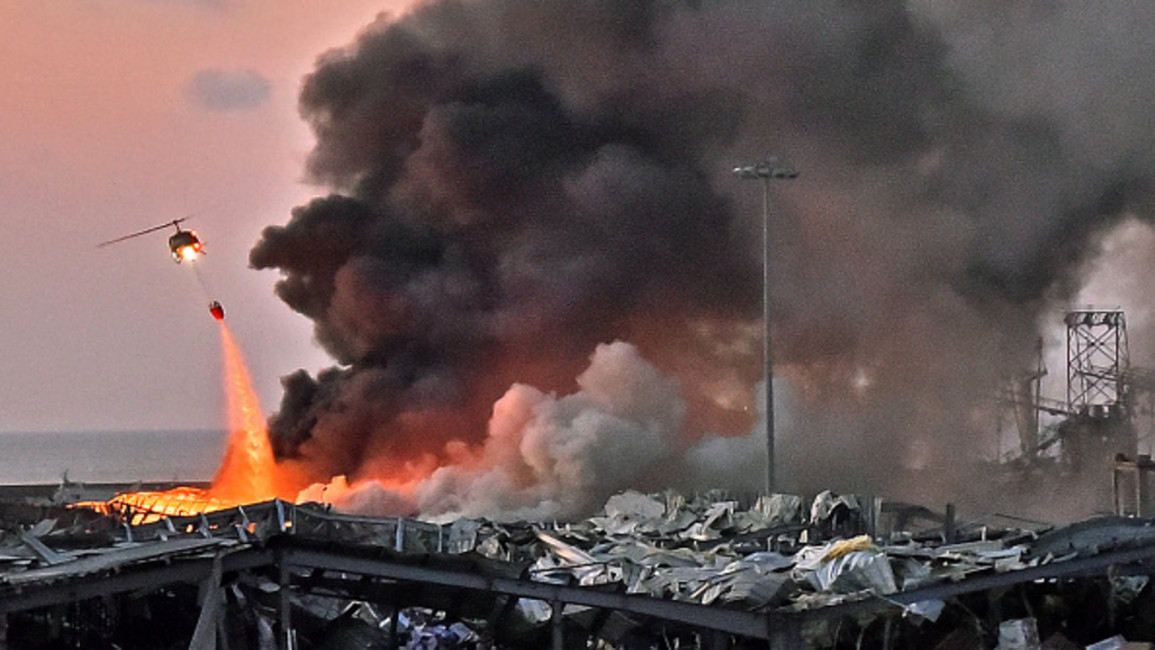Devastating Beirut blast was more powerful than a volcanic eruption, scientists find
The speed of the high-velocity atmospheric wave caused by the 4 August explosion was even larger than the one generated by the eruption of Asama Volcano in central Japan in 2004.
It was also comparable to more recent eruptions on Japanese islands, the researchers concluded.
"We found that the blast generated a wave that travelled in the ionosphere in a southwards direction at a velocity of around 0.8 kilometres per second," Hokkaido University Earth and Planetary scientist Kosuke Heki said.
On 4 August, more than 2,750 tons worth of improperly stored ammonium nitrate exploded in the port area of the Lebanese capital, killing around 200 people and making more than 300,000 temporarily homeless.
The blast, which left a 140-metre-diameter crater in its wake, is believed to be one of the most powerful non-nuclear, man-made explosions in human history.
Read also: 'Not like every time:' Beirut blast victims want the truth
Japanese scientists and colleagues from the National Institute of Technology Rourkela in India reached their conclusions after calculating changes in total electron content in the earth's ionosphere.
The findings, published in the journal, Scientific Reports, were based on measurements from around 50 to 965 kilometres in altitude.
The team calculated changes in ionospheric electron content by looking at differences in delays experienced by microwave signals transmitted by GPS satellites to their ground stations.
Natural events such as extreme ultraviolet radiation, geomagnetic storms, and man-made activities like nuclear tests, can cause disturbances to the ionosphere's electron content.
Changes in electron content affect these signals as they pass through the ionosphere.
The scientists then compared the magnitude of the ionospheric wave generated by the Beirut blast to similar waves following both natural and man-made events.
More than six months after the explosion, the official investigation is struggling to break through Lebanon's political culture of corruption and obstruction.
This has meant that investigators and legal experts have been unable to hold high-ranking officials to account for the dangerous stockpile left in a heavily-populated area.
Documents reviewed by news outlets show that officials were well aware of the dangers posed by the large chemical store.
Responsibility for the ammonium nitrate is alleged to have been passed for years among different public and private entities, including the ministry of public works and transport, the judiciary, the army, and even a private explosives company.
Follow us on Facebook, Twitter and Instagram to stay connected



